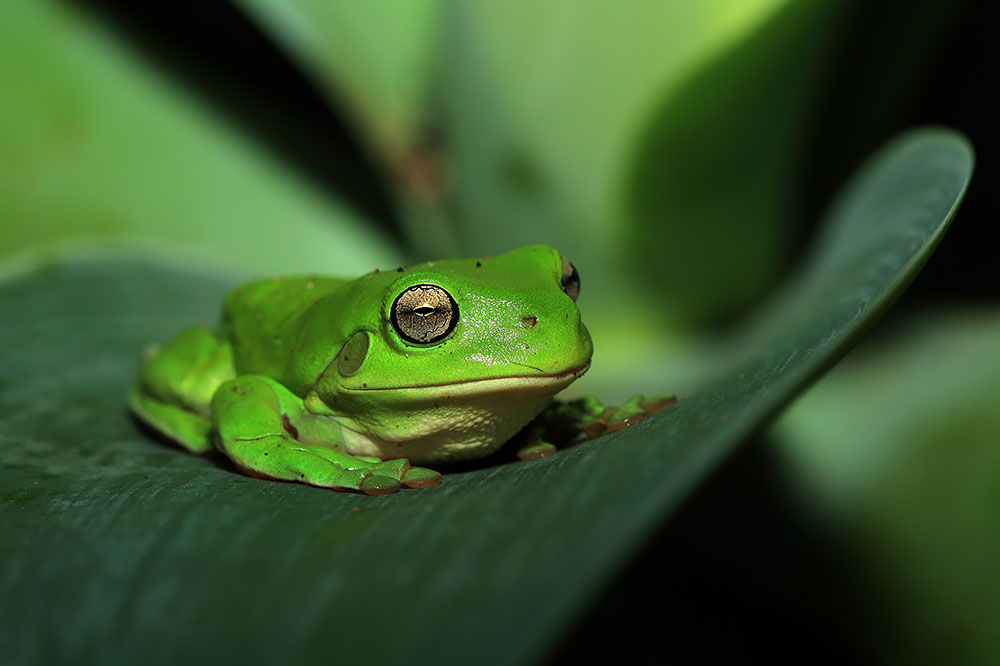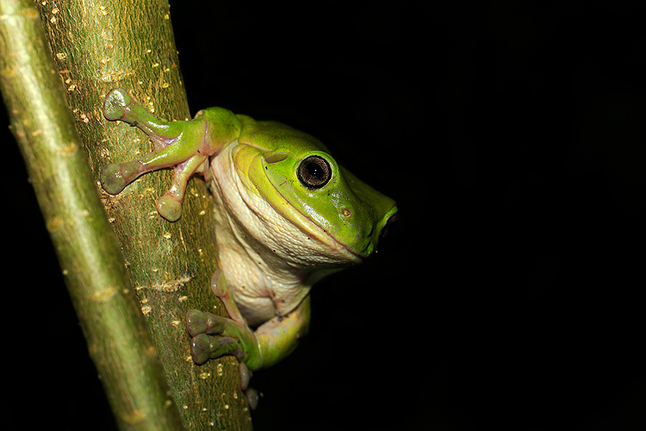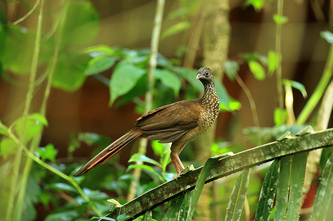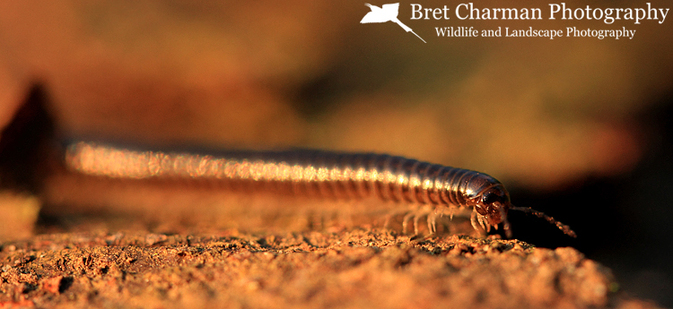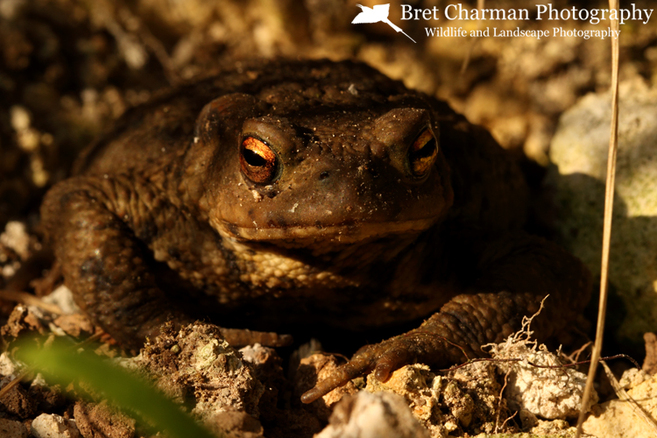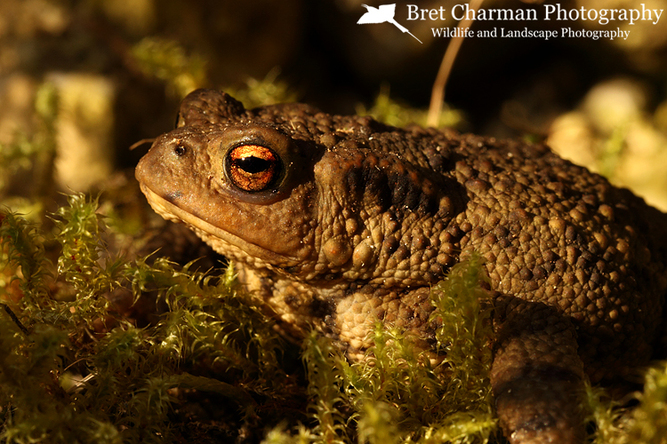|
Having been in Australia for over 5 months it was about time we had some visitors, luckily for us, my girlfriend's parents came for a holiday. We decided we should show them around some of the areas we already knew in norther New South Wales and southern Queensland. We started off in our old haunt of Byron Bay, showing them the area's amazing national parks and even the marine park. We were very lucky to see turtles and a whole host of other species but as I don't specialise in underwater photography, you'll just have to take my word for it. I did manage to take a few photos of the shore-based wildlife ... From Byron we headed northwards, stopping for an afternoon at the Daisy Hill park which is famed for its Koalas, we didn't see any Koalas but we did some some lovely Red-necked Wallabies. Our main destination for this mini holiday was Fraser Island which is famed for its population of Dingoes. These wild dogs are thought to be the purest left in all of Australia, due to their isolation. We saw one within only 30 minutes of our arrival on the island but as I was driving I didn't manage to get an image. Thinking we would see plenty more I was a little nervous after two full days without any further sightings. On the evening of our third day on the island, I went for a sunset walk and I was treated to a real spectacle. The sunset was stunning ... but as I was waiting for the light to turn that incredible golden colour I felt like I was being watched. The next day was our last on Fraser Island, we went out in search of the Dingoes first thing but had no luck. Was that to be the last encounter with these beautiful dogs?
Well as it turns out, no ... we went to stop for lunch at a campsite and picnic ground we were surrounded. There were two adults and two rather large pups, all seeing what they could scavenge. Of course we made sure not to leave any food behind for the Dingoes, hoping that others did the same.
1 Comment
So we have spent the last few weeks up in the tropical part of Queensland, hot sun, rain and frogs were the recurring theme. Some people hate frogs and some are even afraid of them but I absolutely love them, especially tree frogs, and went out almost every evening in search of some amphibian friends. To say I got lucky would be an an understatement. It was utterly mind blowing! There was the world's largest species of tree frog, the White-lipped Tree Frog that really would fill your entire hand, as well as the tiny little Red-eyed Tree Frog which are indescribably beautiful and rather petite compared to their larger cousins. Anyway, I had an absolutely amazing time with the frogs and the following images were captured over the space of a few weeks. We have already encountered the Green Tree Frog further south near to Byron Bay but they are still amazing subjects and they always look like they are smiling. In my books, any animal that looks as if it is smiling is instantly a favourite. At first glance the Dainty and the Red-eyed Tree Frogs look very similar but their calls are noticeably different. Once you get close enough with a torch you quickly realise they have quite different features and own distinct habits. They are much more aware of you when photographing them and only relax again once you move further away. The Eastern Dwarf Tree Frog really is utterly tiny, at first you think it must be a new born. To give you an idea of its miniature stature, the tadpoles are actually bigger then some of the adult frogs. The image below gives you an idea of just how tiny they are, resting on my girlfriend's finger tip (this individual was being rescued from the swimming pool). I will update you all with some amazing mammal pictures soon, including one that I have always wanted to see, a really weird and unique species. I would also just like to say a massive thank you to Canon Professional Services, Australia! My Canon 5D mkIII had a complete power unit failure and I was stuck without a camera but CPS came to my rescue and lent me a 1DX for the Christmas period. Without this camera I would not have been able to capture any of the images you see above. This just underlines why I use Canon equipment, the service is out of this world.
So after my first afternoon in the Amazon I was already and raring to go for my next outing and to see the rainforest proper. It was arranged that I would be heading for the canopy walkway the next morning and so I packed my camera bag ready to go. The main issue being that I didn’t know what I might need, so I took everything … all 16 kg of it! So as you can imagine it was pretty heavy, and with daytime temperatures in the 30s and humidity levels usually well over 95% it was going to be a hard day. I woke up the next morning, heaved the bag onto my back and headed off into the forest with our English speaking guide, Oscar. We stopped every now and then to see things of interest and then we stopped close by to a particular tree and Oscar set up the scope. He spent a bit of time focusing the scope onto a small hole about 60-70 feet up a huge tree. There in the hole were three Night Monkeys, these small primates always return to the same hole to rest during the day so he knew exactly where they would be. After a pretty crappy photo (due to it being very early in the morning and way up a tree) we moved on to the canopy walkway. Wow, wow and wow! What and amazing experience to be above the forest at such a height, seeing the birds and the mammals and just the trees in all their glory. There we saw bird species of which all were new to me, things ranging from tiny flycatchers to the Black Vulture soaring above us. We saw three species of monkey; Red Howler Monkey, Black-mantled Tamarin and Red Titi Monkey. So anyway, enough blabbering, here are the pictures from that morning and some from the afternoon. After a long hard morning, but definitely one to remember, we had a lovely relaxing lunch and some noisy visitors in the form of Speckled Chacalacas right outside my room as you can see above. The afternoon activity was a photographic boat ride around the black lake, the primary focus was meant to be the prehistoric looking Hotazin. This ancient species of bird has remained unchanged for thousands of years and are extremely successful. However on this occasion all the wildlife seemed a little shy and refused to show themselves particularly well. This is when as a photographer you have to try and be a little more imaginative. The herons in the foliage I particularly like for their more artisitc approach of "Animals in their Environment".
The lake and the lodge both made good photographic subjects too. The lodge looked particularly beautiful at night with its warm lighting glowing among the dark forest. The tree frog species you can see, right at the end of the selection of images, came and found us. Whilst sat at the bar in the evening he appeared on the icecream freezer, seemingly enjoying the cold metal and escaping the constant heat even if only for a short while. So my first full day in the Amazon was certainly educational, introducing me to a variety of main species you can encounter, it wasn't a particulaly good day for close views of mammals but the wealth of bird life was obvious to see. The only down side from a personal point of view was that I wasn't really provided with any great photographic opportunities but you have to take what you can get. The rainforest isn't a forgiving place and you have to work really hard to get good images. Perhaps if this was a pure photographic tour it would have been a very different matter. But full credit must go Part 3 has a new favourite mammal and a splash more colour ... so keep reading! As many of you may know I recently bought the image stabilised Canon 100mm macro lens, and those of you who shoot macro will know it is a whole different discipline to that of traditional wildlife photography. I have also now acquired a remote control for the camera which makes it all a whole lot easier, hopefully this will make my shots that little bit easier. I decided that I wanted to try and photograph a millipede the other week. Now, I am usually fine with 'creepy crawlies' but I have to say that I have a fear of millipedes so for me this was a big deal. Don't ask me why I have such an odd fear, all I can tell you is that the legs moving in that wave like motion make me feel ill, even thinking of them as I type makes me shudder. Anyway, so I set about photographing these weird little invertebrates as I have large numbers of them in my log pile but they are extremely hard to get to stay still. After nearly an hour I got two shots that I am rather happy with, as you can see below ... I have also been on the look out for any insects around my garden and paddock, and I have come up with a couple. Now I don't know the species names, so I will have to do some further research, but I can tell you that the beetle is part of the weevil family and the other is fly which I think is part of the Tachina family. I also have a population of Slow Worms living in my grass heap, I have only managed to get the one shot so far and it was of an absolute tiddler. Here is the little chap for you. Finally, this evening I decided to lift a few stones around the garden to see if I could find any amphibians and I was in luck. I found a Common Toad hiding under one of the stones and he moved out into the sunlight in search of somewhere else to hide. I took a few shots of him before placing him back under his stone, where it was nice and damp with plenty of invertebrates to prey on.
|
AuthorBret Charman Archives
July 2024
Categories
All
|


